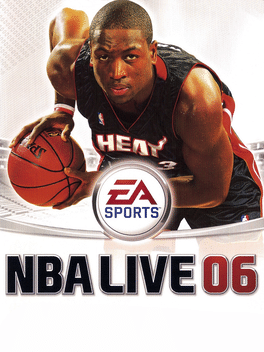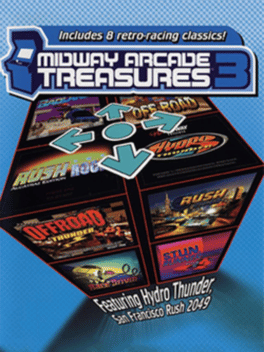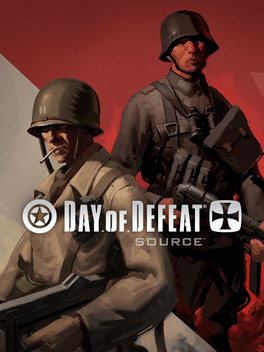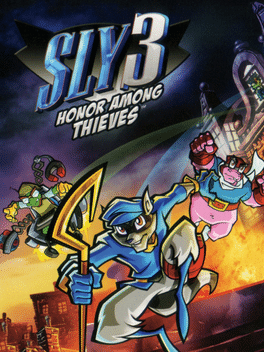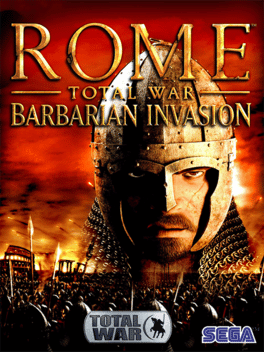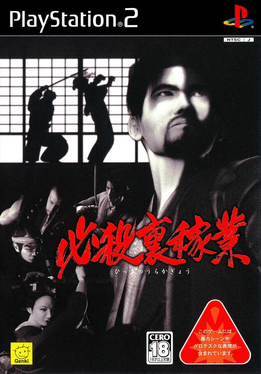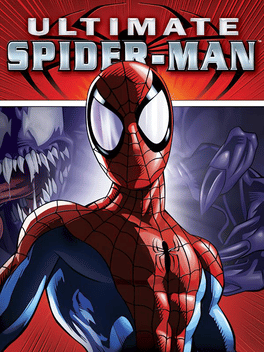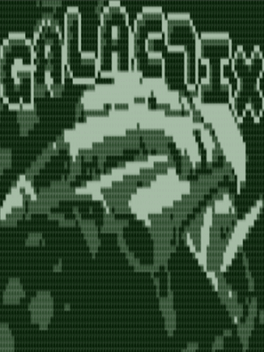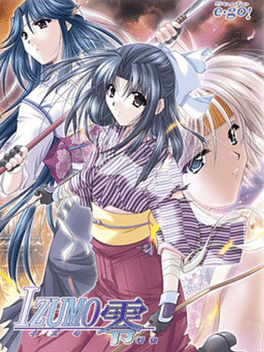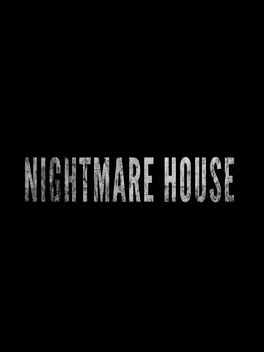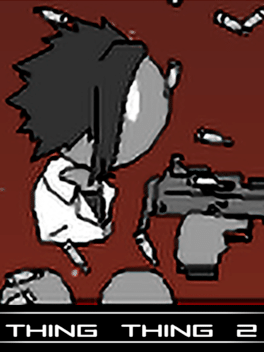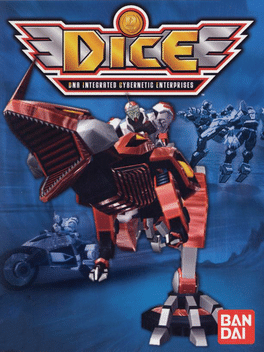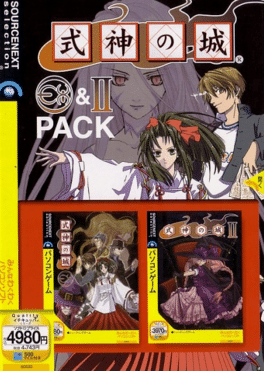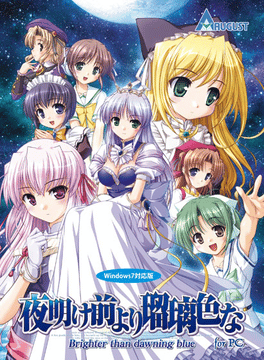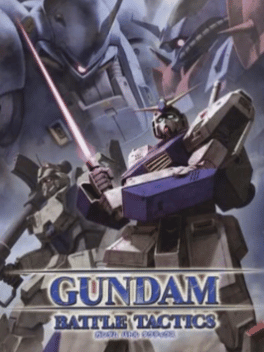New Games - Page 10361
-
NBA Live 06
2005
NBA Live 06
2005
star 8.7NBA Live 06 is the first game in the franchise to reach next generation consoles. -
Midway Arcade Treasures 3
2005
star 6.5Midway Arcade Treasures 3 is a compilation of arcade and racing games for the PlayStation 2, Xbox and Nintendo GameCube. It is the third and final installment following Midway Arcade Treasures and Midway Arcade Treasures 2. Like the first and second installments, however, Midway Arcade Treasures 3 is not compatible with an Xbox 360 -
Day of Defeat: Source
2005
star 7.8Day of Defeat offers intense online action gameplay set in Europe during WWII. Assume the role of infantry, sniper or machine-gunner classes, and more. DoD:S features enhanced graphics and sounds design to leverage the power of Source, Valve's new engine technology. -
Sly 3: Honor Among Thieves
2005
star 7.8Sly 3: Honor Among Thieves is a stealth-action platformer developed by Sucker Punch Productions and released for PlayStation 2 in 2005. The game follows Sly Cooper and his crew as they recruit new allies to help unlock the Cooper Vault while facing off against Dr. M, a former member of Sly’s family lineage. It introduces new playable characters, expanded mini-games, and a 3D mode with optional glasses. -
Rome: Total War - Barbarian Invasion
2005
star 8.2The first expansion pack for Rome: Total War, Barbarian Invasion takes the action forward in time 349 years after the end of the original game. Beginning in 363 AD and ending in 476 AD (although the player can choose to continue beyond this point if they see fit), it depicts the great migrations of the Germanic and steppe peoples (notably the Huns) and simulates the religious tension of the time as the three religions of Christianity, Zoroastrianism and Paganism fight for dominance. -
FIFA Soccer 06
2005
-
Warhammer 40,000: Dawn of War - Winter Assault
2005
star 7.9This expansion adds all-new units and strategies to the exciting gameplay offered by Dawn of War. The Imperial Guard brings new weaponry, including heavy armor, new troop units as well as defensive and ranged tactics overwhelming numbers. Coupled with new abilities, this fighting force is as lethal as they come. -
Hissatsu Ura-Kagyou
2005
Hissatsu Ura-Kagyou
2005
Hissatsu Ura Kagyō is an action game set in Japan during the Edo period, inspired by the popular Hissatsu Series historical drama (jidaigeki). The player controls Keijirō Teitō, who by day is a well-liked doctor in his hometown. However, by night, he takes up his sword and exacts bloody vengeance on the wicked and the corrupt. During the daytime, the player can move about Keijirō's hometown, speaking with people to gather information, visiting the many shops such as a restaurant and a bookstore, and perhaps even getting into a fight now and then. Returning to his home allows him to save the game, view and accept the current job requests, and consult with his father about a variety of topics. During the night, the game becomes more like a stealth action game such as Tenchu. Controlling either Keijirō or one of several other characters, the player must continue to gather information about the targets for each request while evading detection, eventually reaching the main target who must be killed. Successfully -
Ultimate Spider-Man
2005
Ultimate Spider-Man
2005
Based on the comic book of the same name, Ultimate Spider-Man lets you play as either the hero Spider-Man or his arch-nemesis, Venom. Use the unique combat techniques of either Spider-Man or Venom to battle a host of Spider-Man characters. Artistic contributions by the creators of the series make for an authentic Spider-Man experience. -
Hoshi no Furu Toki
2005
Hoshi no Furu Toki
2005
Hoshi no Furu Toki is an otome game that takes place in modern times and focuses on a second year female high school student, Akane Hasekura. -
Galactix
2005
-
Izumo 0
2005
Izumo 0
2005
The year was 1879, 12 years into the Meiji period. The stage was Yokohoma, the gateway of Western influences into Japan. In this era of scientific knowledge and industrialization, an organization of ghost busters was formed. It was the "Police Department Special Squad". The story follows these six young men and women as they fight against ghostly conspiracies, and learn about friendship, purpose, love, war, and the pursuit of happiness. -
Nightmare House
2005
Nightmare House
2005
Nightmare House is a single player HL2 map pack and the first episode in the series, created by Hen Mazolski in September 2005. This edition of Nightmare House has considerably less custom content than its sequel. It has since been supplanted by Nightmare House: Remake, and integrated into Nightmare House 2 as a prologue. -
Fushigi no Umi no Nadia - Inherit the Blue Water
2005
Based on the animated TV series from GAINAX. This visual novel is a retelling of the anime series with new characters, a new plot in the second half part and multiple endings where the main character, Jean, can end up with a different girl than Nadia. -
Thing Thing 2
2005
-
Dice: DNA Intergrated Cybernetic Enterprises
2005
Game based off the DICE TV show. DICE is ready for action! -
Yoake Mae yori Ruri Iro na
2005
The story is set in very distant future, in a time when mankind is just recovering from decades of war fought between Earth and a terraformed Moon. The war was so devastating that it set technological progress back by decades if not centuries, which is why the settings don’t look futuristic. Although the world is now at peace, there continues to be distrust between the Sphere Kingdom (Moon) and the Earth Federation. Travel between the two is restricted for diplomatic purposes and confined to a single spaceport on Earth. So anyway, one day the lunar princess, Feena fam Earthlight, comes to the protagonist’s house for home stay… -
Gundam Battle Tactics
2005
Action game developed by BEC. Set in the One Year War period, Gundam Battle Tactics lets players pilot machines from either the Zeon army or the Federation. Characters are being pulled from the original Gundam series as well as all the games and original video animations that have dealt with the time period. The game is split into missions, with story sequences, voiced with the same lines from the original Gundam, spliting up the action. As you clear missions, new missions appear with older missions opening up for free play sessions. Prior to heading out to a mission, you chose your pilot and Mobile Suit. Depending on the pilot that you've chosen, your mission objective and the available Mobile Suits change.

